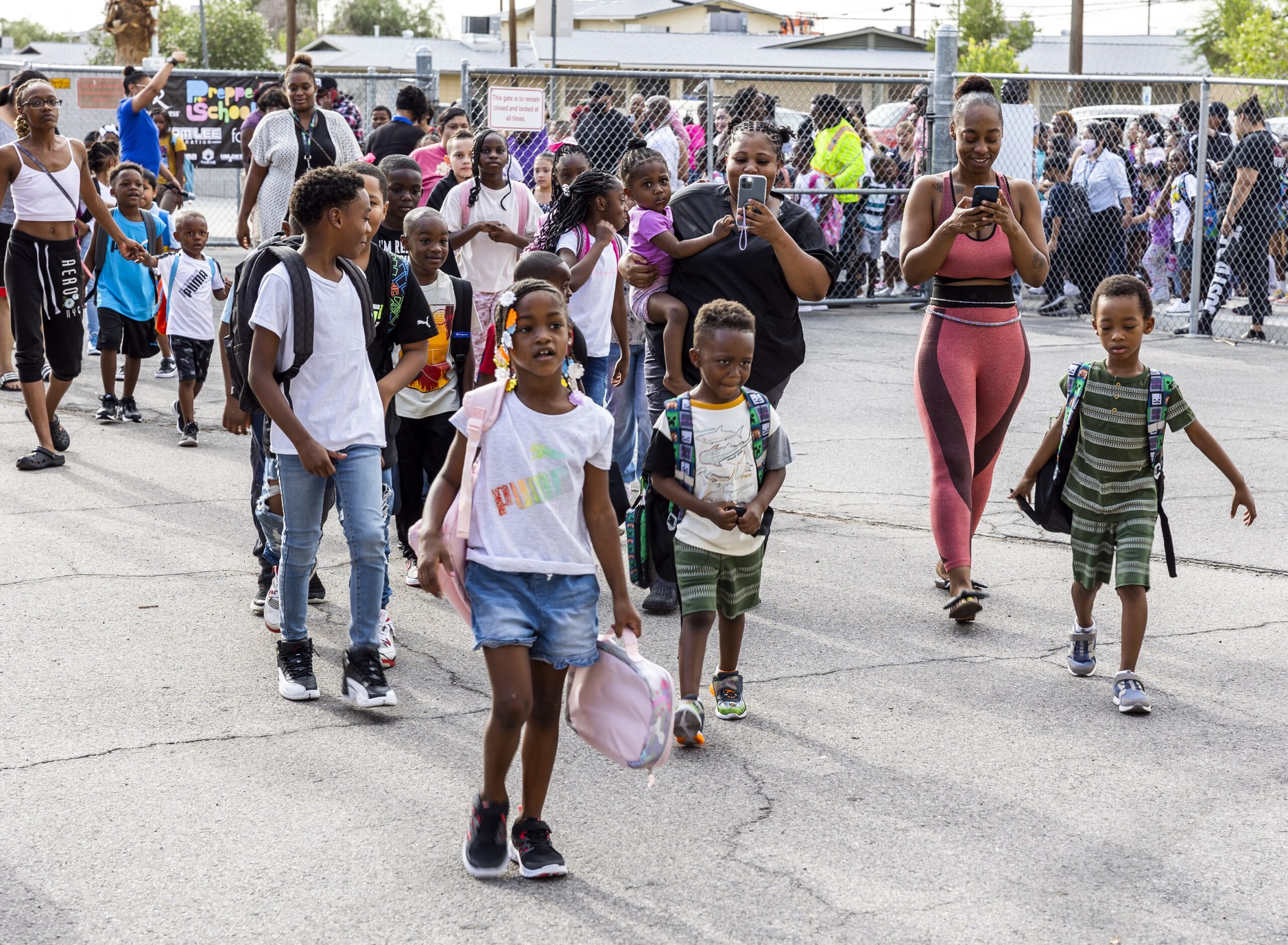Recent national assessment results don't bode well for Nevada

The recent release of mathematics and reading test results for 9-year-olds has cast another long shadow over school closures during the COVID-19 pandemic. It was those closures that drove millions of families—some voluntarily and others involuntarily—to keep young students at home for remote learning, up to an entire school year in some locations. Despite any good intentions to safeguard children, this was a grave mistake — as the recent national test data show.
Credit the National Center for Education Statistics for wanting to examine quantifiable data about student achievement during the pandemic. The long-term trend assessments were provided under a special administration of the National Assessment of Educational Progress (NAEP), commonly referred to as The Nation’s Report Card which reports the overall health of public education. The recent assessment results are compared to similar assessments administered in 2020, where 92 percent of participating schools in 2022 were sampled in 2020.
Unfortunately, the results confirm what many feared most: a steep decline in student learning. And that’s putting it mildly. This is taken directly from the Nation’s Report Card website: "Average scores for age 9 students in 2022 declined 5 points in reading and 7 points in mathematics compared to 2020. This is the largest average score decline in reading since 1990, and the first ever score decline in mathematics.”
Predictably, the greatest losses occurred among students who typically fare the worst on the assessments. For example, reading scores for higher performing students—those in the 90th and 75th percentiles—dropped by 2 and 3 points respectively. Scores for lower performing students—those in the 25th and 10th percentiles—dropped by 8 and 10 points.
This is a devastating setback for our nation’s students. And these results don’t bode well at all for Nevada, which has historically tallied lower-than-national average test scores in mathematics and reading.
The more comprehensive NAEP also was administered last spring, and the results will be released late this month. This test, given every two years, has a much bigger sample size, delves deeper to measure higher-order thinking skills, and provides state-level data to compare performance. It also will provide results for a select number of school districts under the Trial Urban District Assessment. Twenty-six school districts comprise the TUDA, one of which is Clark County.
It's probably wishful thinking that the recent assessments will show a false-positive. That is, because of the smaller sample size of those assessments, the results of the main NAEP assessment with a much larger sample size may not be as dismal. But that’s unlikely given the historical consistency between the scores of the trend assessments and the main NAEP.
Most districts in Nevada kept schools open to in-person learning as much as possible during the 2020-21 school year. Clark County was the primary exception, where it closed schools to in-person learning for most of that school year. Responsible for about 65 percent of Nevada’s public-school students, the test results for students in Clark County will largely determine the overall results for the state.
Although the background information in the latest test results won’t commit to a cause and effect, it’s fair to infer widespread remote learning was a failure. For students living in households equipped with proper hardware, full connectivity, and living environments conducive to learning, one could say they were able to sustain learning levels that perhaps did not adversely affect them. Except, that is, for those not bored to tears after the novelty of remote learning quickly wore off. But many other students never had a chance, primarily those living in households of limited means where technology was lacking and a comfortable learning environment was nonexistent.
Consistent with the test results, the higher performers had greater access to computing devices all of the time, a quiet place to work some of the time, and interactions with a teacher every day or almost every day. The lower performers, those below the 25th percentile, were not as fortunate.
The purpose of this column is not to direct blame, but to reflect on what went right and what went wrong in the most extraordinary of situations. Early on in 2020, people were rightfully frightened and government-ordered shutdowns were widely accepted. Even for schools. But after several months, data had consistently shown young children and even most young adults were not at risk from COVID-19. Because of that data, many scientists and health professionals alike advocated for the reopening of public schools. But dissenting voices, those that did not fit popular fear-driven narratives, were often drowned out. This is what went wrong.
The Great Barrington Declaration is one such case. The medical professionals who released the Declaration in the fall of 2020 were discredited despite the fact many other medical professionals endorsed it. They were silenced because they advocated for a focused-protection strategy, where the elderly and those with compromised health conditions would be sequestered, not society at-large. Especially not children. The health and well-being of children should not be confined to COVID, they argued. Mental health during such crucial stages of development should be paramount to everyone’s concerns, along with the potential for grave learning loss. But this argument and others like it fell on deaf ears in far too many school districts, and children paid the price. This should be a lesson learned moving forward.
Let’s hope the recent trend assessment results are not indicative of the impending results of the main NAEP assessment. But I wouldn’t count on it.
Michael Raponi is a contributing columnist to The Nevada Independent. He may be contacted at [email protected]
